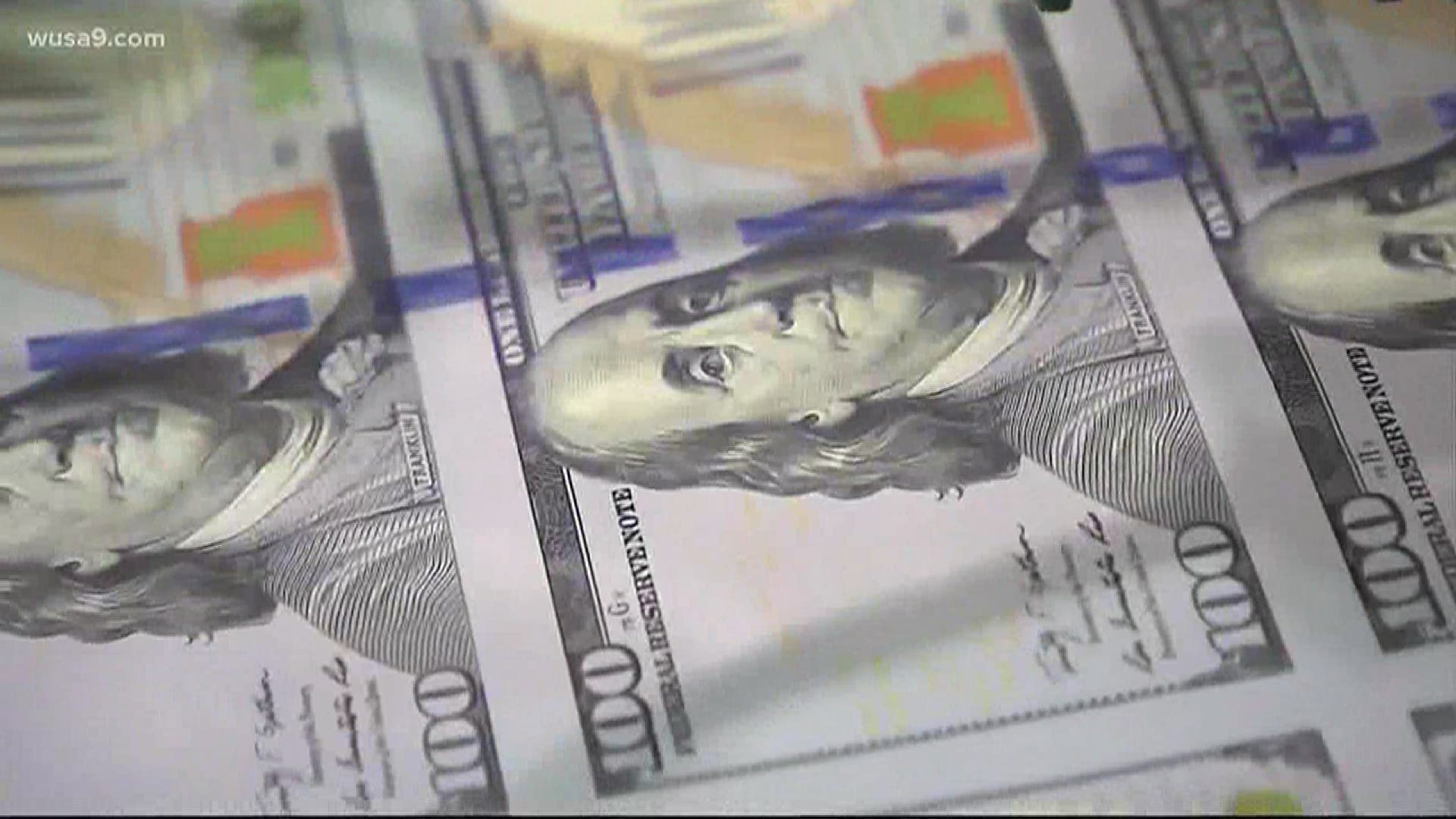WASHINGTON D.C., DC — This week on #TheQandA we’re focused on getting you answers about resources for small businesses.
So far Congress has passed more than $2.2 trillion dollars of stimulus funding. Part of that funding is being distributed to individuals and small businesses through the CARES Act.
Through the CARES Act there are three different types of funding programs for small businesses:
- Pay check protection program
- Emergency economic injury grant
- Small business debt relief program.
Last week, the White House announced that funding for the first two programs ran out.
This week, Congress is voting on additional stimulus funding. Sen. Mark Warner (D) of Virginia is referring to it as stimulus bill 3.5. He says the focus of this legislation is replenishing the small businesses funds and making sure funding gets to small businesses that were missed before.
"Our goal there is to... put more money in that program," Warner said. "But I want to make sure that those really small businesses: the barber shops, the beauty salons, minority businesses,non-profits – all who may not have had strong banking relationships. Because if you didn’t have a strong banking relationship chances are you didn’t get part of this $350 billion."
Rep. John Sarbanes (D) of Maryland agrees. He feels more money is needed, but says oversight in how it is distributed is key.
"We're pushing very hard right now in negotiations in Washington to replenish that fund with an additional $250 billion," says Sarbanes. "But we're also very focused on the fact that some of those dollars are not getting to the smallest businesses."
Republicans say this is just a bill. There are no guarantees it will be passed.
So in the meantime, our #TheQandA team wants to make sure you understand the programs that are still available to small businesses.
To get answers for you they spoke to Antonio Doss – the district director for the U.S. Small Business Administration Washington Metropolitan District Office. He addressed the small business debt relief program – the last program of the CARES act funding that is still available.
RELATED: With loan funds gone, small business owners are left waiting for relief they fear will never come
"It provides a way for SBA to pay the loan payments of small businesses who have existing SBA loans that are not disaster loans," Doss said.
"For example, if a borrower has taken out loans for working capital or equipment or building using one of our programs, such as our 7A program, our 504 program, or even our micro loan program," he said. "We are actually paying six months of their principal payment or interest payment and fees."
On top of that, Doss says the SBA is also addressing the credit needs of their members.
"They may still be in a business expansion mode, they may still have to purchase equipment that are not allowable expenses under these other programs," Doss said. "If a business takes a loan under those programs between now and September 27, we will also pay their first six months of principal interest and fees associated with that loan."
Doss says that this type of relief effort is unprecedented.
"But the situation requires us to step outside the box and do something beyond what we typically do and offer because the nature of the pandemic is so unique," says Doss.
Through their congressional funding, Doss also says the SBA has business coaching, counseling and one-on one mentorship programs that they’re offering.

